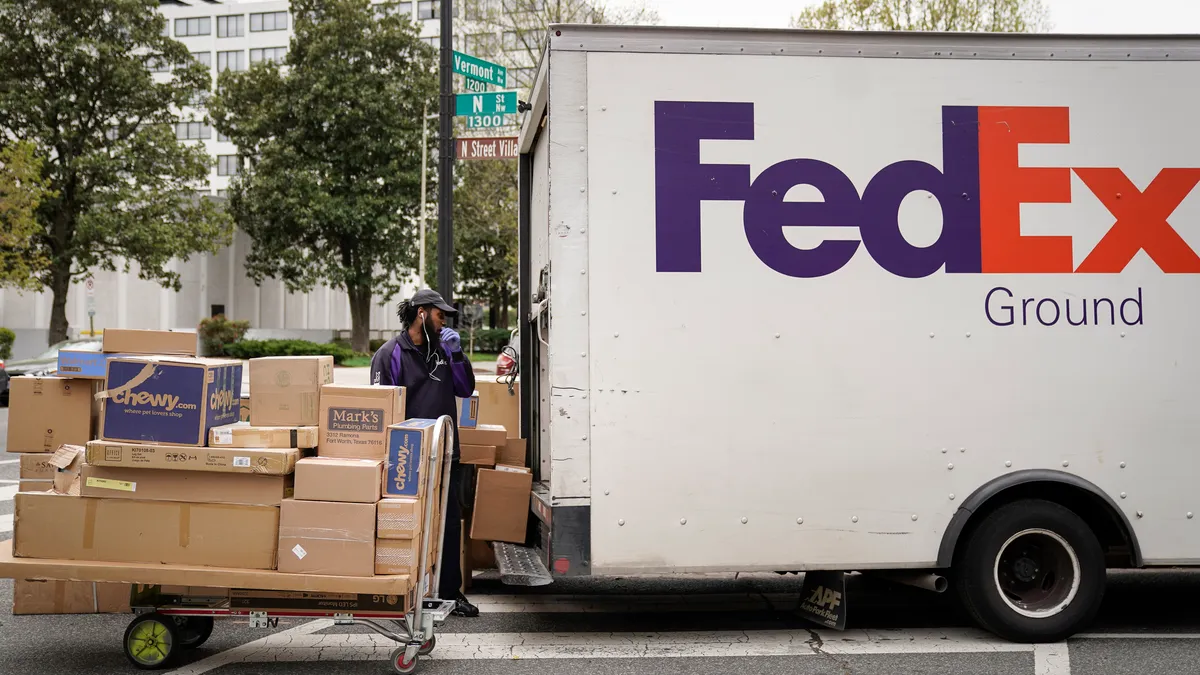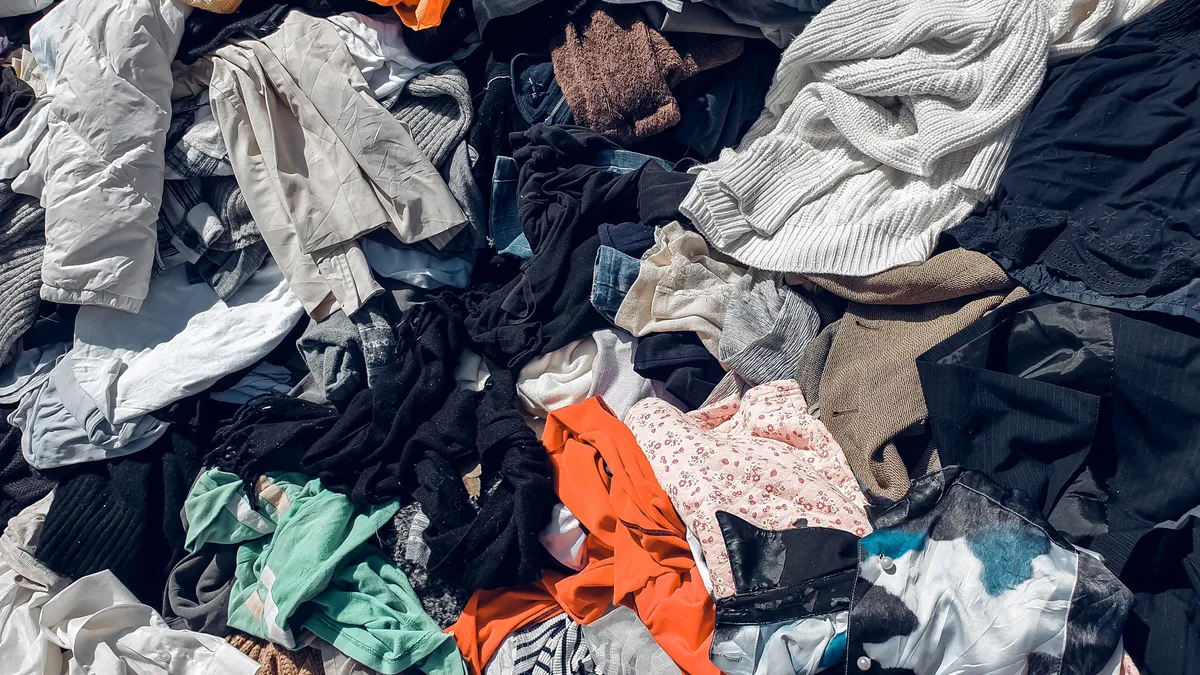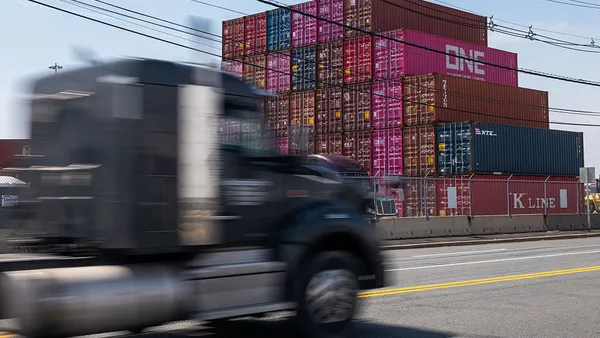Dive Brief:
- Mattel expects to grow profits in 2025 as it diversifies its supply chain — despite additional U.S. tariffs on goods imported from China, according to its Q4 earnings call held Feb. 4.
- The maker of Barbie dolls and Fisher-Price toys said China will represent less than 40% of its global production this year, down from 50% in 2024. The U.S. represents about half of the company’s toy sales worldwide, resulting in tariff exposure of roughly 20% of its global production.
- By 2027, no single country is expected to represent more than about 25% of Mattel’s total global production, CFO Anthony DiSilvestro said during the call.
Dive Insight:
Mattel has worked to transform its supply chain since 2018, CEO Ynon Kreiz said during the call. Last year, the toymaker closed one of its tier 1 supplier plants in China as part of its Optimizing for Profitable Growth Program, which saved the company $83 million in 2024.
“It was a proactive strategy to diversify and build a geographically balanced supply chain infrastructure that will allow us to be better positioned for different eventualities,” Kreiz said. “It wasn't about any one particular country and it wasn't even necessarily about tariffs. It was just about making sure you have a resilient, flexible, well-diversified supply chain system.”
Today, Mattel sources its products from seven countries, including principal manufacturing sites in Indonesia, Thailand, Malaysia and Mexico, according to the company’s most recent 10-K filing. DiSilvestro said less than 10% of the company’s products are made in Mexico, which could also face new U.S. tariffs in the coming weeks.
Additionally, Mattel plans to mitigate the impact of tariffs through other measures, such as price increases, although DiSilvestro declined to share the company’s playbook.
Kreiz told analysts Mattel turned its supply chain into a competitive advantage, making the company stand out among its competitors in challenging market conditions.
“We are very good at managing complexities,” Kreiz said. “This is not just about cost, it's also about quality. It's about service levels. It's about how we work with retailers. It's about how do you place the right product at the right time, at the right amount on the right shelf.”














